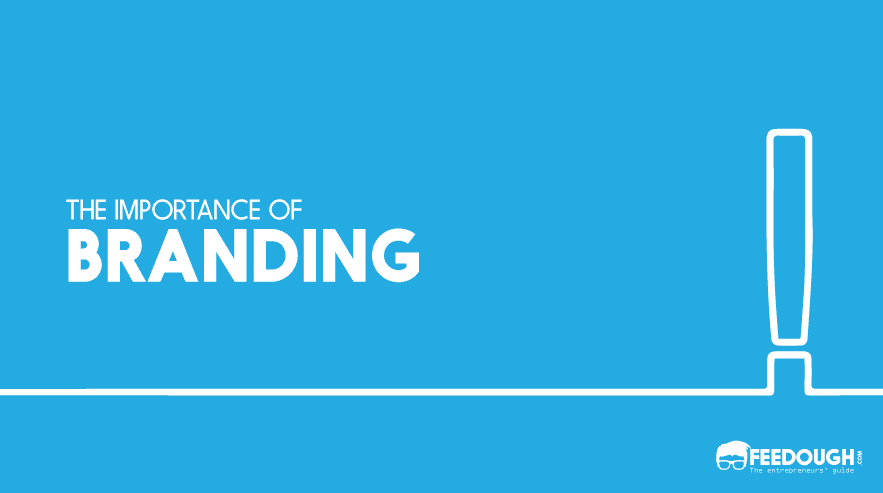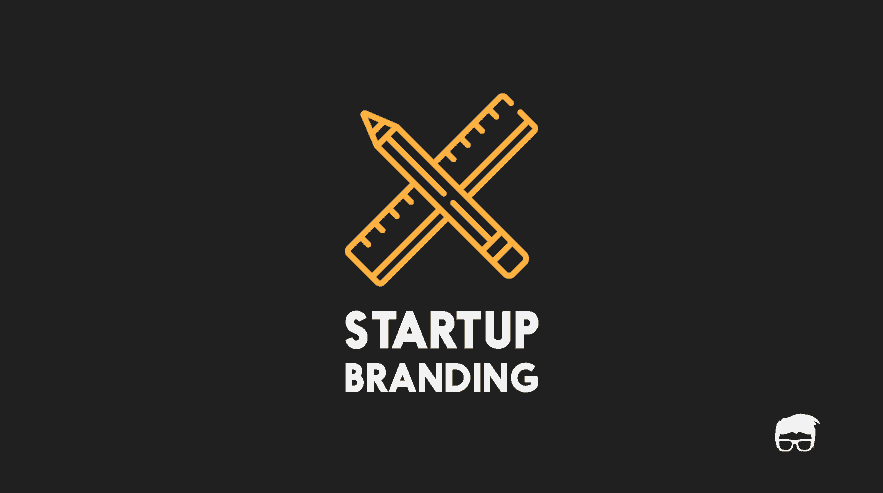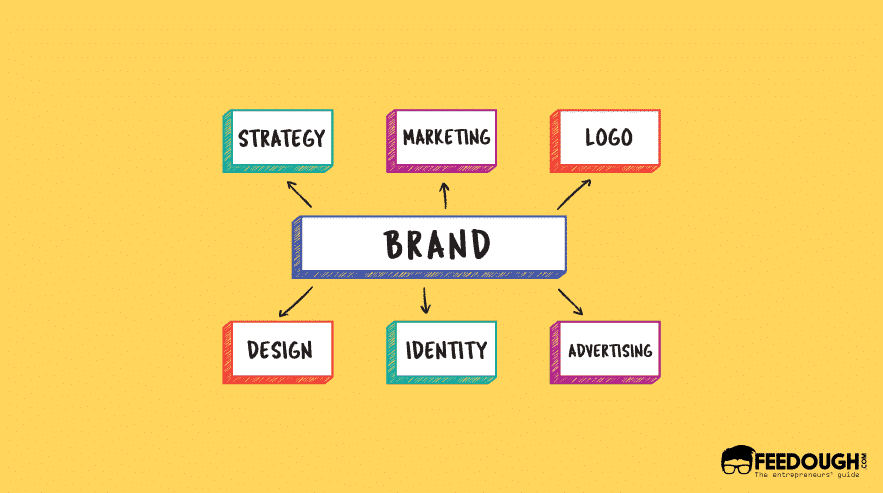Yellow Golden Arches forming an “M” and red colour background. If anyone happens to see this logo anywhere in the world, only one brand name would pop up in their mind –
McDonald’s?
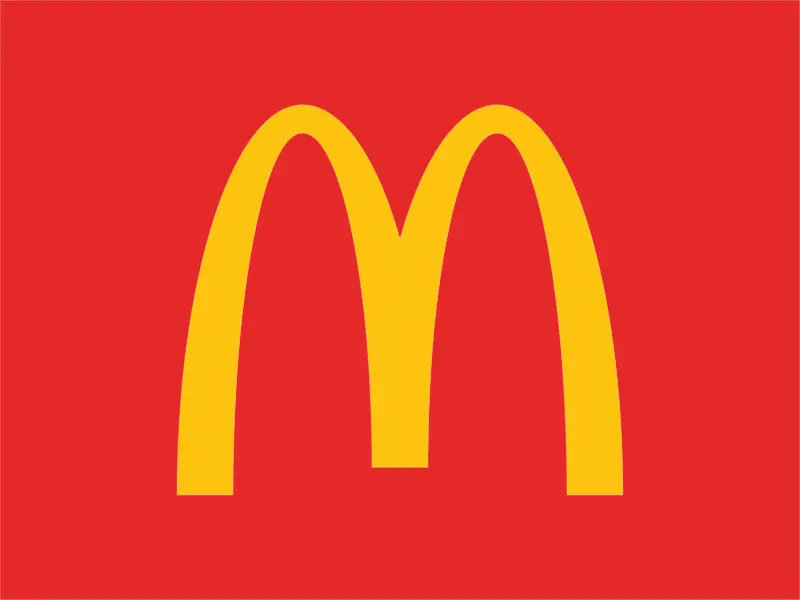
The perfect blend of brand characteristics (logo, colour, font, slogan etc), uniformity all over the world, and innovative associations have resulted in developing McDonald’s as the 6th most important brand in the world.
But what exactly is branding and why is it so important for any business? Is it limited to just logo, tagline, and font, or is it something more? Well, here’s a guide to clear all the doubts regarding branding, its importance, types, and examples.
What Is Branding?
Branding is the process of assigning characteristics and properties within and outside an offering to give that generic offering an identity which helps it to be recognised and differentiated in the market.
Three points that should be noted in this definition of branding are –
- Assigning characteristics and properties within and outside an offering: Even though the characteristics and properties are offering-specific, they are not limited to within the offering. A Facebook post by the company represents the brand as well.
- To give an identity: The main purpose of branding is to give an identity to the generic product. The identity is very much human-like; with a name, voice, tonality, colour, and sometimes even sound.
- To help it be recognised and differentiated: Another role of branding is to be unique. A unique branding results in the product being more recognised and differentiated in the pool of competition.
Importance Of Branding
Brand is the sum total of how someone perceives a particular organisation. Branding is shaping that perception. – Ashley Freidlin, CEO & Founder of Guild
One should not ignore the importance of branding. It has become a necessity for products, organisations, and even humans today. There’s no dearth of offerings with similar properties and the only thing that separates the particular offering from the competition in such a case is the brand.
Branding the offering should be a priority before the launch of the product in the market as it helps to:
- Create an identity for the offering: Branding is what the product is known for besides the generic properties. It is the unique name, colour, design, and even the psychological experience that makes the product identifiable in the market.
- Create consumer preference towards the offering: The market is full of offerings with the same properties which often confuse the consumer to what he should buy. A way through which consumers can confront this problem is through leaning towards such brands which they know and trust. Popular brands are known to be safer investments as compared to the risky ones and they provide consumer satisfaction for the utility it provides them.
- Create a new asset and build value: A brand in itself is an asset that can be sold separately. Wonder why Apple products cost twice as much as the competition which sells the product with the same configuration? It’s the brand effect.
- Build trust: Branding an offering results in the professional appearance of the offering. It includes well-strategised labels and packaging according to the legal requirements and the planned positioning. This increases its appeal as consumers trust offerings with a professional outlook.
- Improves pride and satisfaction: Branding the company or the offering improves the pride and satisfaction of both the customers as well as the employees. It personifies the company and its offerings and helps everyone who associates with it to create a deeper connection with the brand.
- Develop marketing strategies: Marketing strategies without a brand will be nothing but futile as there will be nothing to identify the offering with. Branding is a core part of marketing as all of the marketing strategies have their roots in branding.
Elements Of Branding
Branding isn’t limited to just name and logo. It is a combination of characteristics and properties which have an effect on almost all of our senses to result in a uniform experience every time we have contact with it.
Branding is made up of innumerable elements few of which are –
- Name: The name which we use to identify the product with.
- Logo: A symbol or other design adopted by the business to identify its brand.
- Colour: A colour mostly used by the business in its marketing messages to describe or complement the brand.
- Vision: The group of goals or objective behind the brand that help guide its activities and its future.
- Message: the value proposition of the brand which it conveys through the brand personality to set the brand positioning.
- Shape: Either the distinct shape of the offering or the shape of the packaging.
- Aroma: The distinct smell which the user experiences before, during, or after he uses the offering.
- Graphics: The uniform and distinct aesthetics used in the marketing messages.
- Sound: The sound used in the marketing messages to reinforce the brand identity.
Types Of Branding
Branding isn’t limited to products. Today we witness the branding of organisations, products, services, places, and even people. Here are 4 types of brandings one should know about –
Product Branding
Product branding is one of the most common types of branding where the offering is given an identity and a personality to make it identifiable and differentiable in the market. Even though it is called product branding, it isn’t limited to just products. Product branding refers to the branding of any offering be it product or service.
An example of product branding could be Mountain Dew. Mountain Dew has its own name, colour, voice, and personality. One can recognise the brand even when the generic product is not even there.
Another example of product branding when it comes to services is Game of Thrones. Similar to tangible branded products, this TV show has its own identity, characteristics, and properties which differentiates it from others.
Personal Branding
Personal branding is very common among politicians, celebrities, athletes and other people who have niche followership. This type of branding makes it easier for these people to create an image for themselves among their followers. This brand image not only helps them in creating new business opportunities for themselves but also benefits the brand associated with them.
Michael Jordan is a perfect example of personal branding who, because of his niche followership, was not only able to benefit himself by launching his own apparel line but also benefited Nike which partnered with him to launch the same.
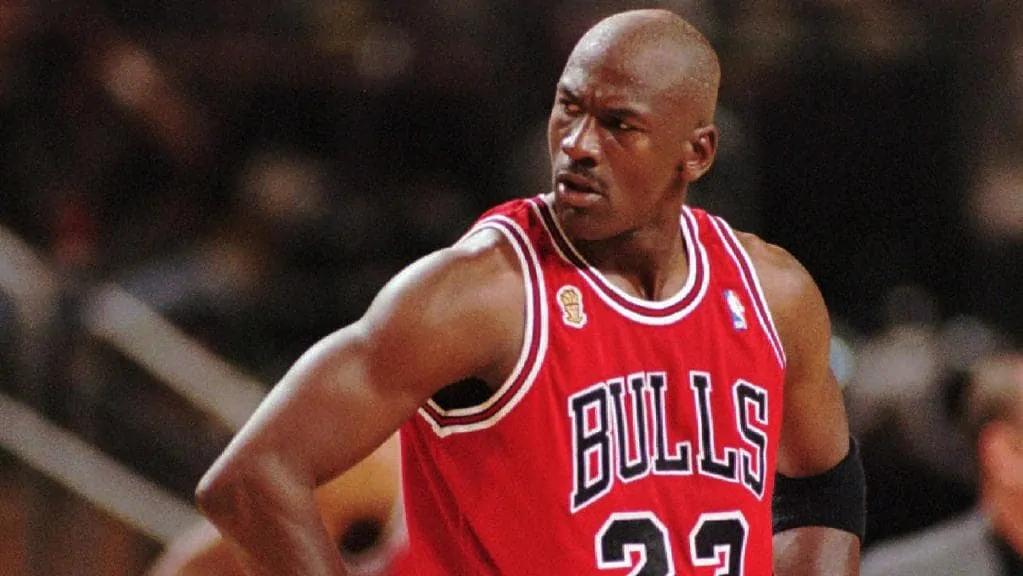
Corporate Branding
Branding the organisation is as important as branding the offering it’s selling. Corporate branding gives an identity to the offering provider and opens new opportunities for him to extend his offerings portfolio easily.
Corporate branding is also of vital importance when it comes to hiring as employees always desire to work with a company with a known brand.
PepsiCo is a good example of corporate branding. The company has several products lines in its product mix including Frito-Lay, Pepsi, Diet Pepsi, Mountain Dew, Lay’s, Gatorade, Tropicana, etc. all of which are owned and operated by the parent brand- PepsiCo.
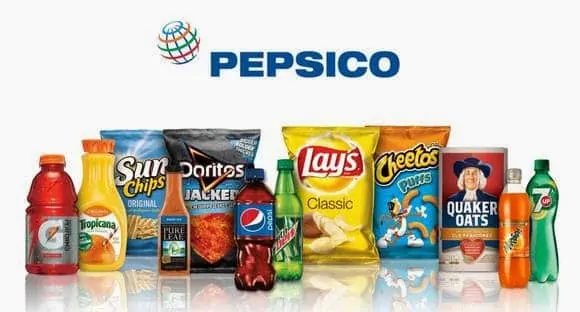
Geographical Branding
Geographical or regional branding is often used by the tourism industry who create a brand out of a geographical location by assigning it certain characteristics and experience to attract more visitors.
For example, Hawaii is being marketed as the perfect destination to visit if you want to go to beautiful islands lined with beaches of warm, white sand and verdant, lush flora. The state is also marketed as the only place to experience Hawaiian cuisine, Hawaiian art, and the Native Hawaiian religion.

Examples Of Branding
We agree that brands are everywhere. People are brands as well.
But what makes a great brand? What separates a good brand from a bad one?
Well, here are three examples to help understand the concept of branding even more.
Coca-Cola
With an estimated brand value of $73.1 billion, Coca-Cola is the no. 3 most valuable brand in the world. The company used branding so well that the word Coca-Cola is the second most understood word in the world, after the word OK.
The company started with the product branding by naming its soda Coca-Cola, giving it a unique taste, colour, bottle shape, and eventually turning the product into an experience and product branding into corporate branding.
McDonald’s
McDonald’s stands out not only with its logo but also with other characteristics like the mascot Ronald McDonald, the sonic branding, the same design of stores all over the world, and the uniformity of service provided in those stores.
Apple
If prefix ‘i’ to any generic category, chances are that people will consider it to be an Apple product. Such is an amazing branding strategy of Apple. The company has positioned itself as a premium brand which comes with high standards and has a minimalistic marketing approach.
Go On, Tell Us What You Think!
Did we miss something? Come on! Tell us what you think about our article on what is branding in the comments section.
A startup consultant, digital marketer, traveller, and philomath. Aashish has worked with over 20 startups and successfully helped them ideate, raise money, and succeed. When not working, he can be found hiking, camping, and stargazing.
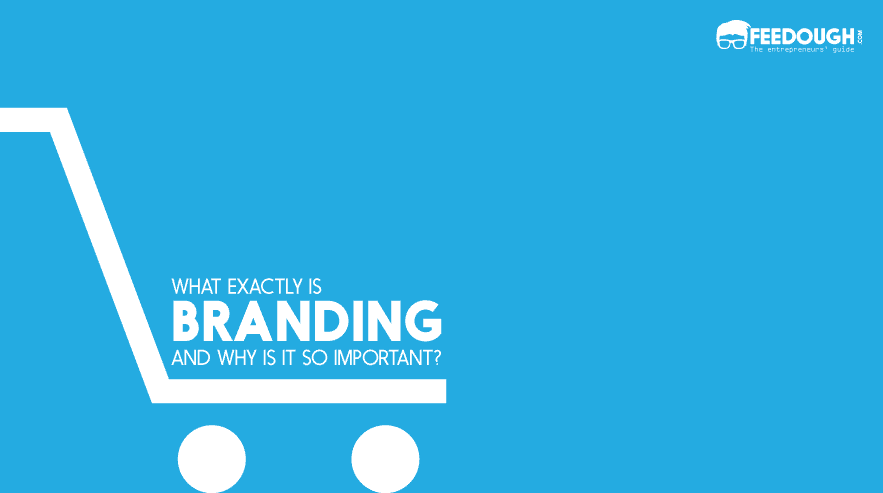
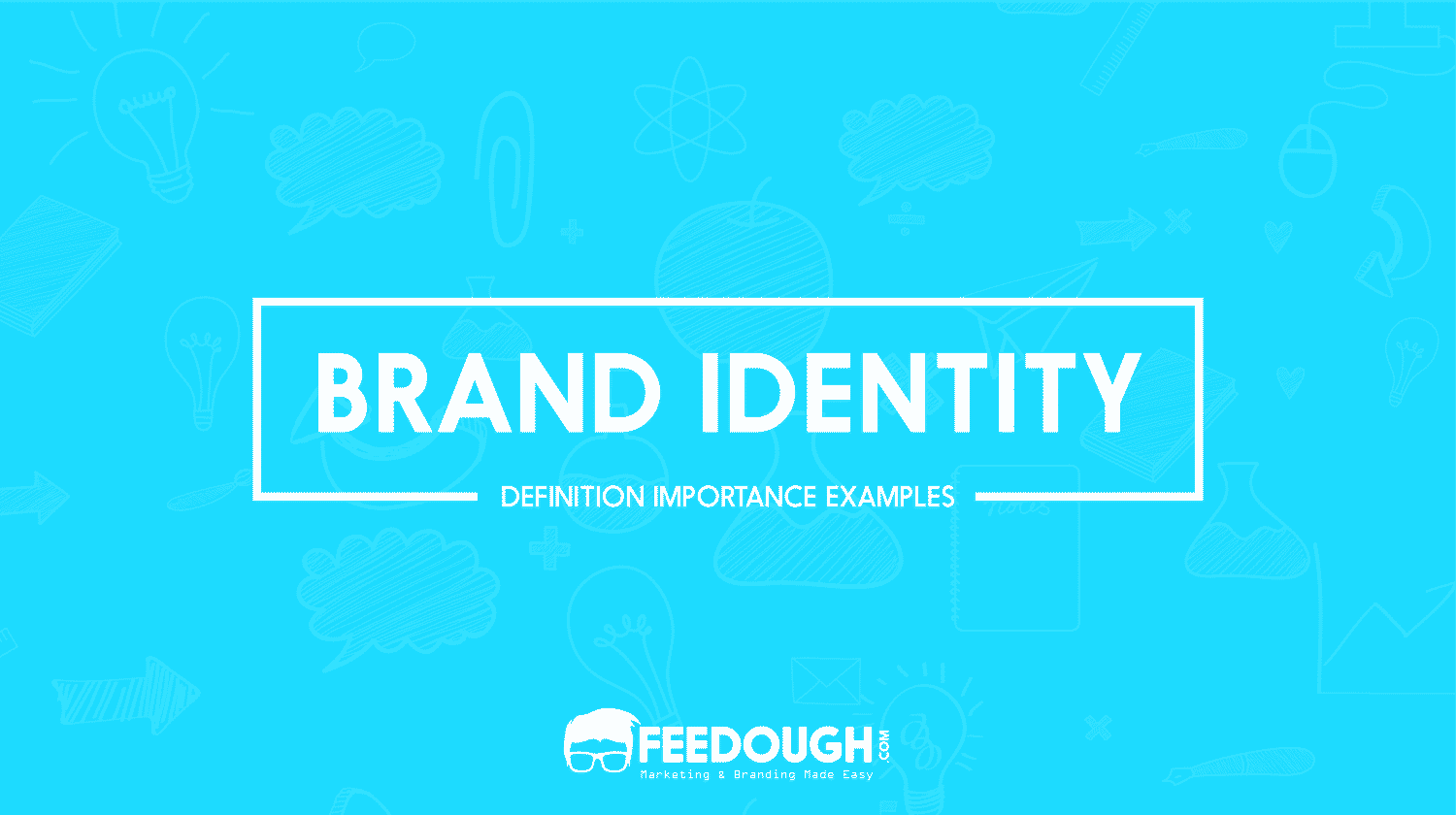
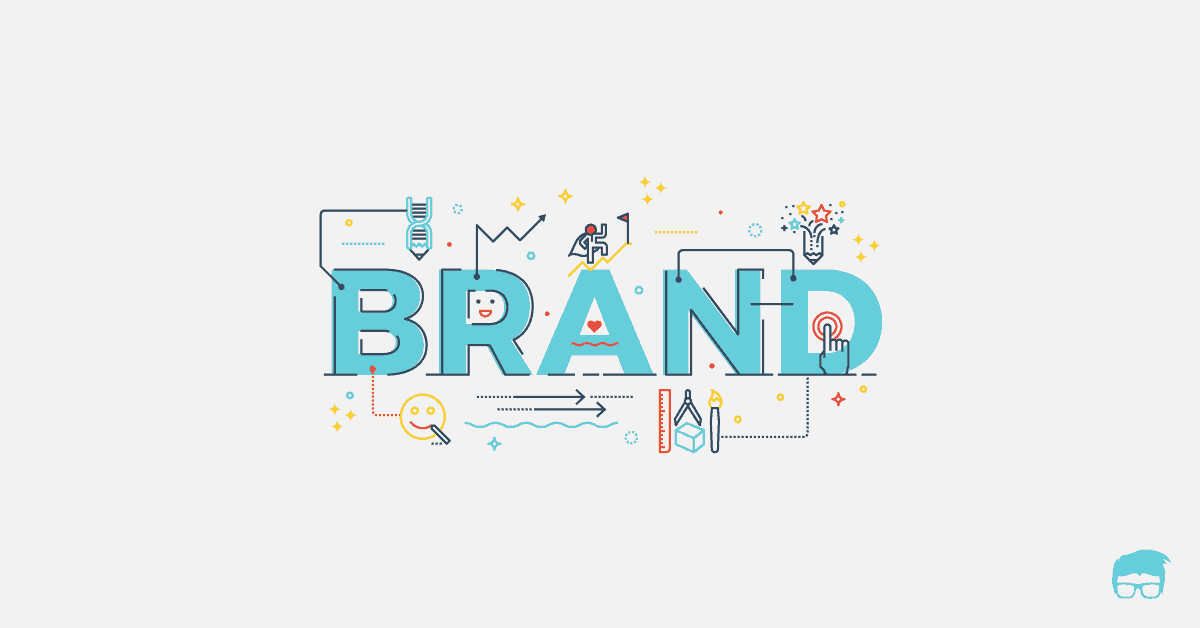
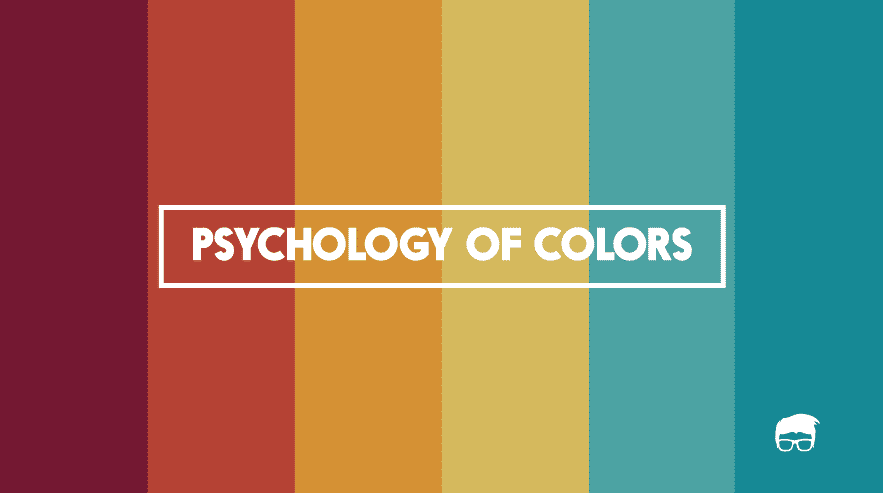
![What Is Visual Identity? [Detailed Guide] visual identity](https://www.feedough.com/wp-content/uploads/2022/09/visual-identity.webp)
